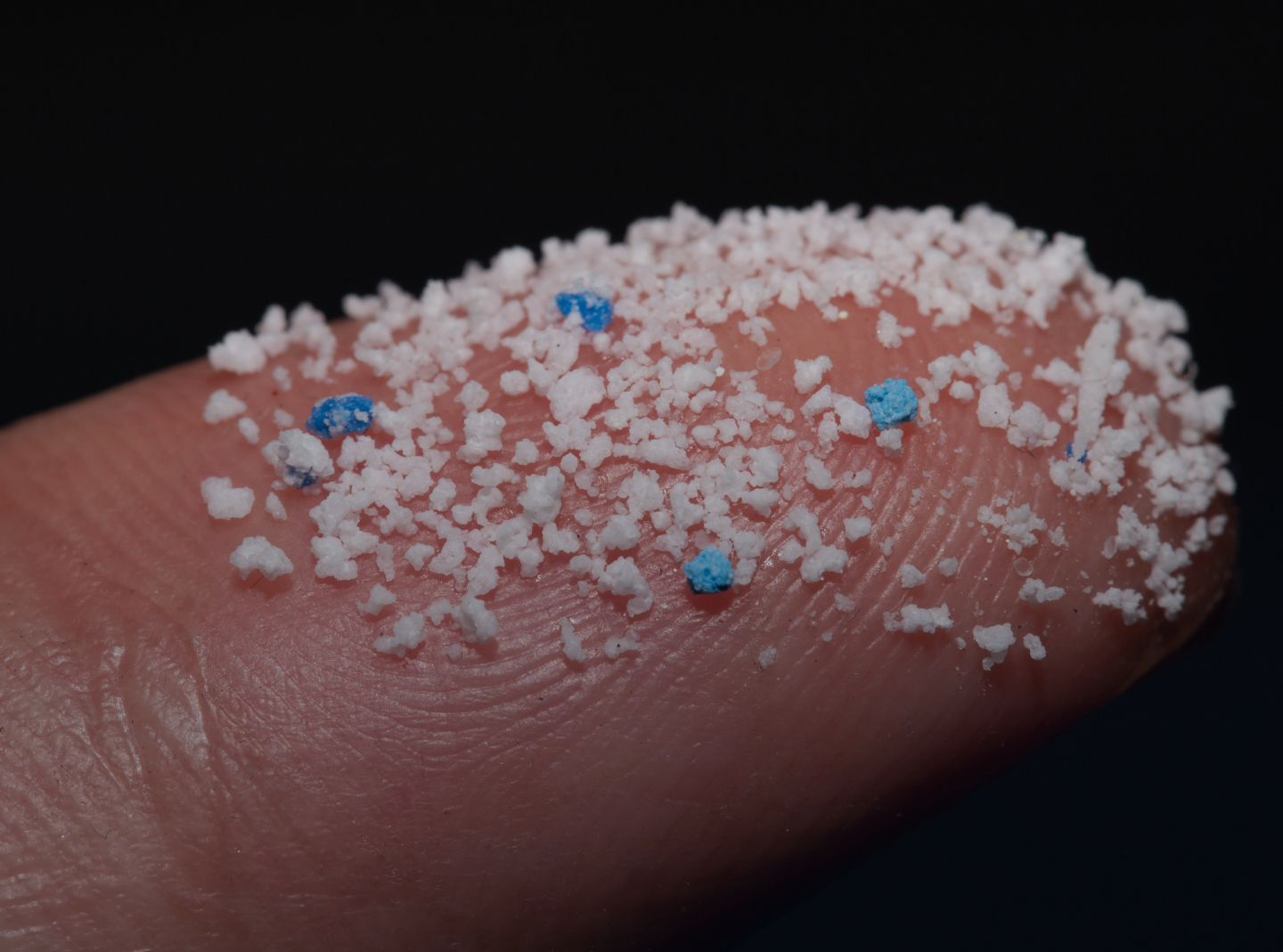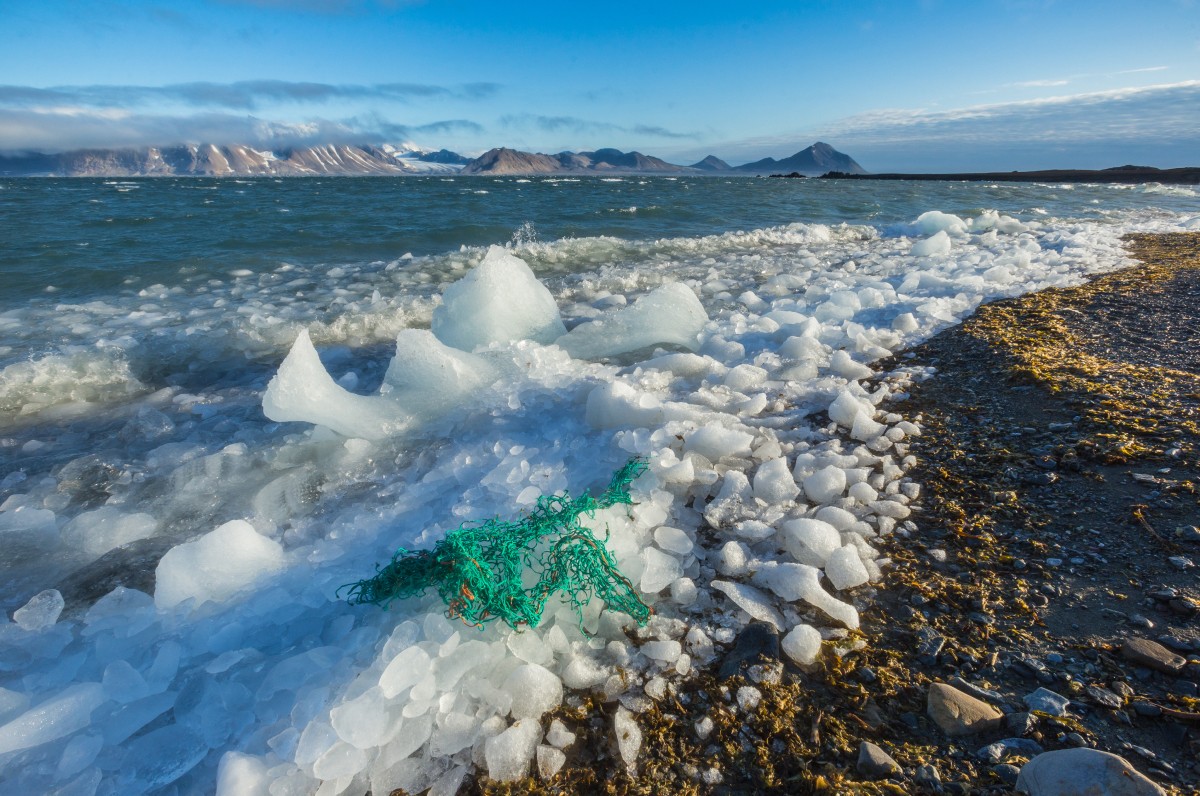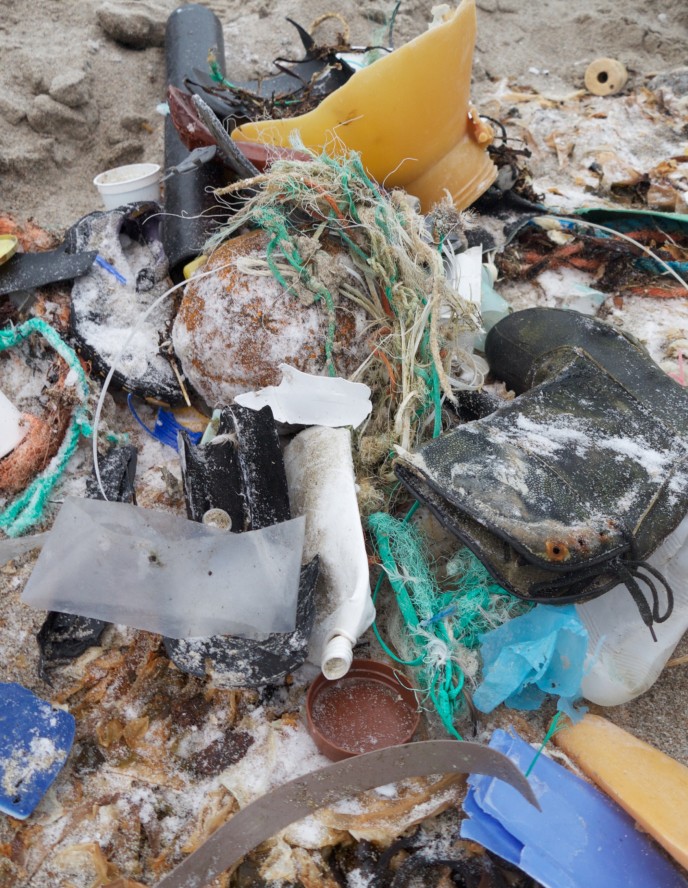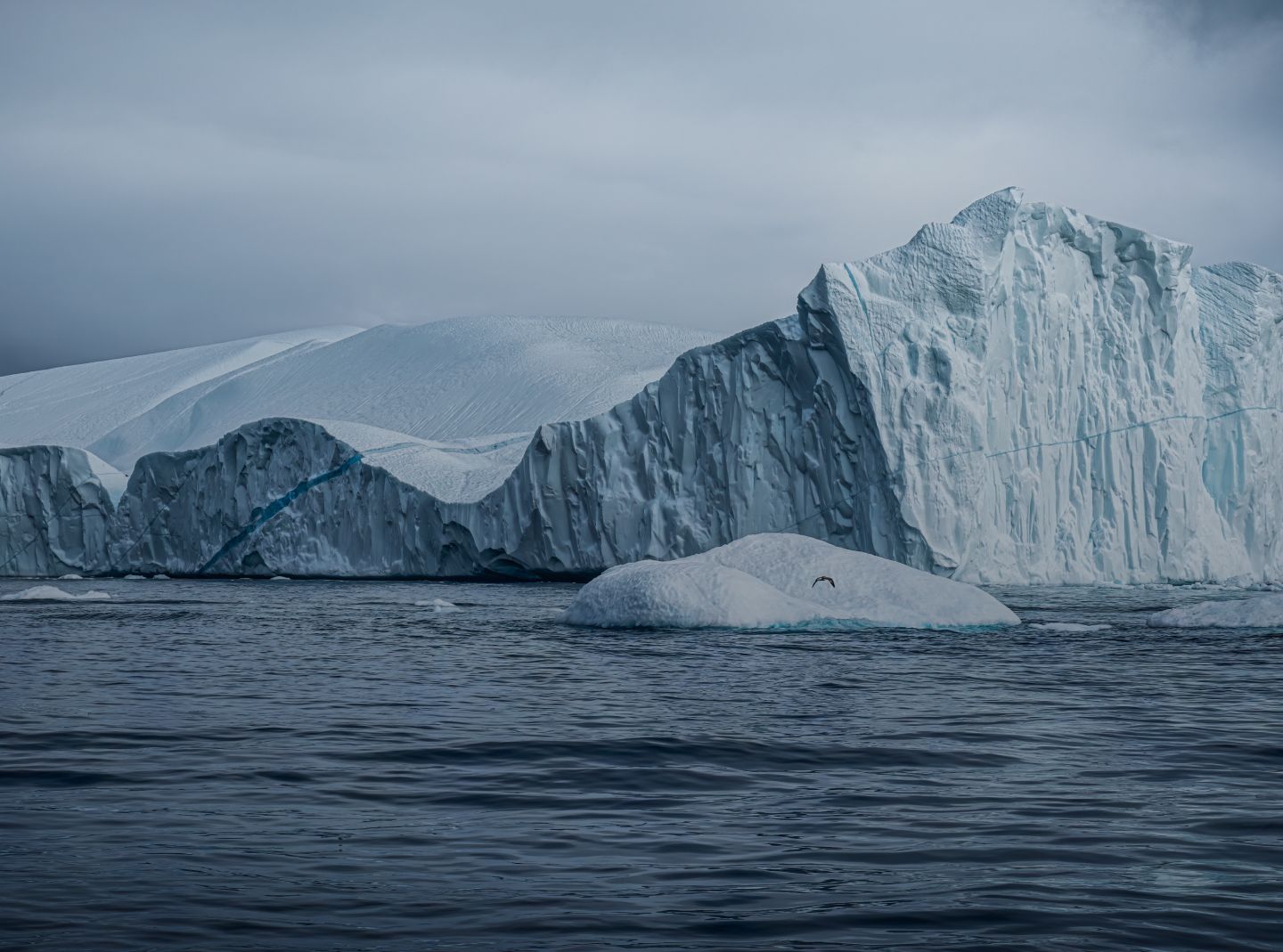
Ocean Plastics
Dive into the science
Ocean Plastics
Plastic enters the ocean from numerous sources all around the world - with millions of tonnes added every year. Once in the ocean, the majority of plastic is buried or washed up along shorelines, and the rest is transported offshore by winds and wave action, or sinks to the seabed.
Ocean plastic pollution poses a problem not just for wildlife - who can get entangled or consume plastic - but also to human health. And this problem isn’t going away. Globally, consumption of plastic is increasing due to its low cost and versatile applications.
 Garbage at the beach of Phippsøya, Seven Islands, Svalbard. Peter Prokosch.
Garbage at the beach of Phippsøya, Seven Islands, Svalbard. Peter Prokosch.Plastic production has rapidly increased in the last few decades. In 1950 around 2 million tonnes were produced, in 2019 that shot up to 450 million.
Plastic production and disposal accounts for 3% of global emissions, contributing to climate change.
The problem with plastic is that it doesn’t break down like organic materials. Instead it breaks up into smaller and smaller pieces, creating tiny microplastics (less than 5 millimetres!) and even nanoplastics. These, along with ‘intentional’ microplastics (like microbeads), can enter the very bottom of the food chain, and have now been found in human blood and organs like the lungs, heart, liver, and even our brains!
Along with our partners, The Ocean Race, we will be taking water samples along our route to determine the level of microplastics in the ocean - including the very first samples of microplastics in the Northwest Passage. This data collection will help inform researchers about plastic pollution in under-sampled areas.











